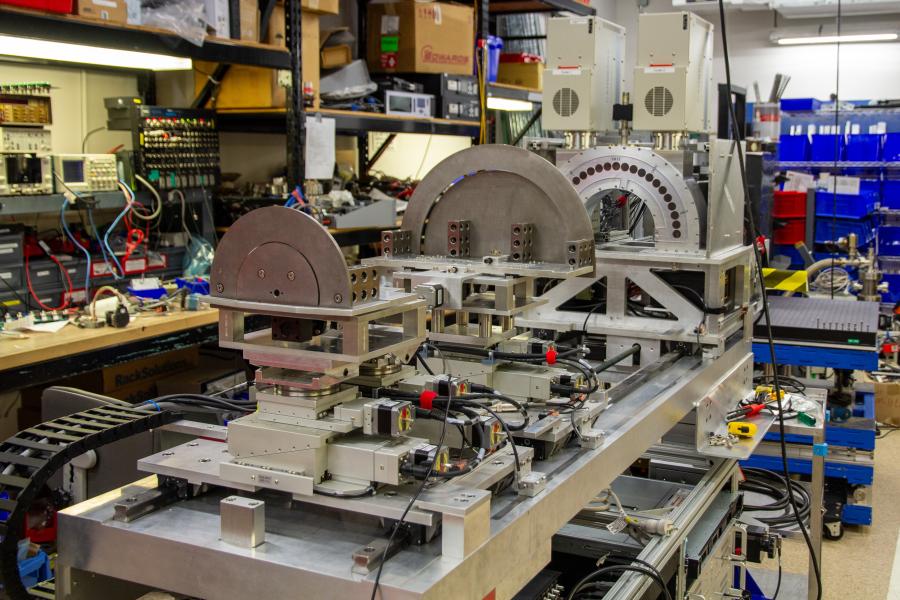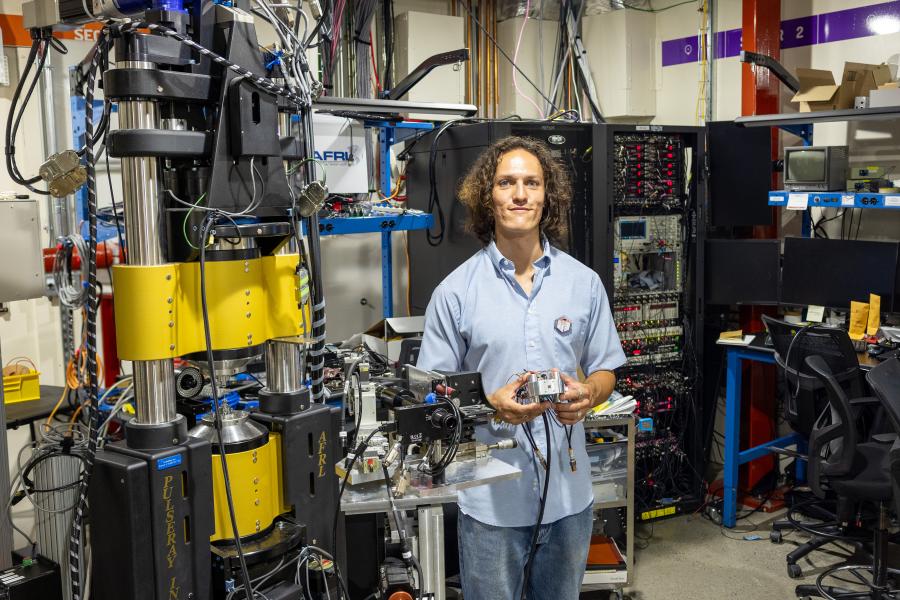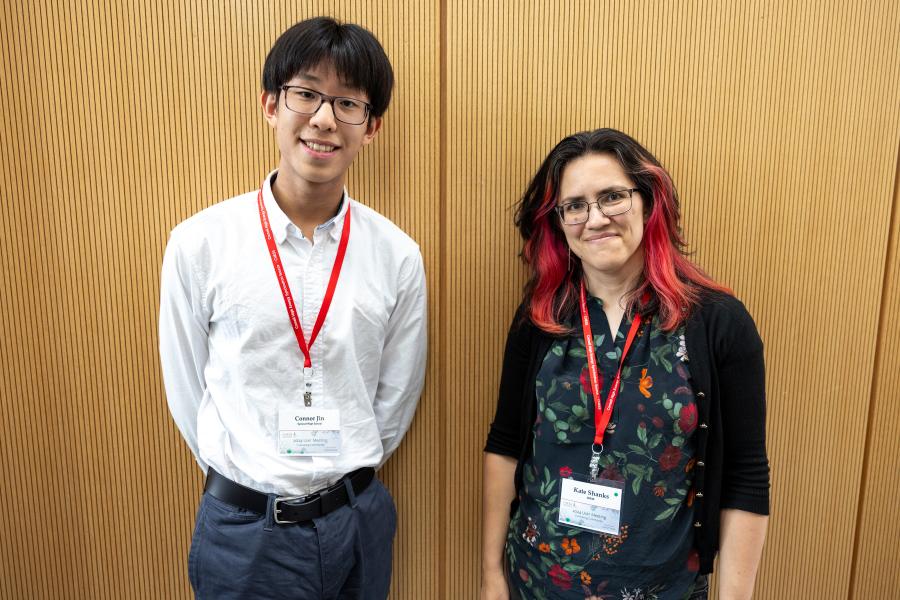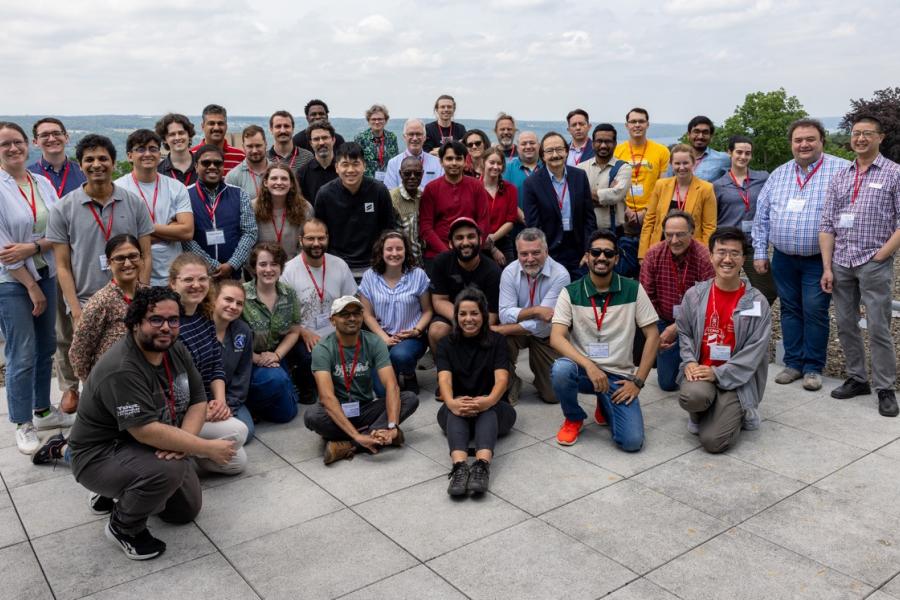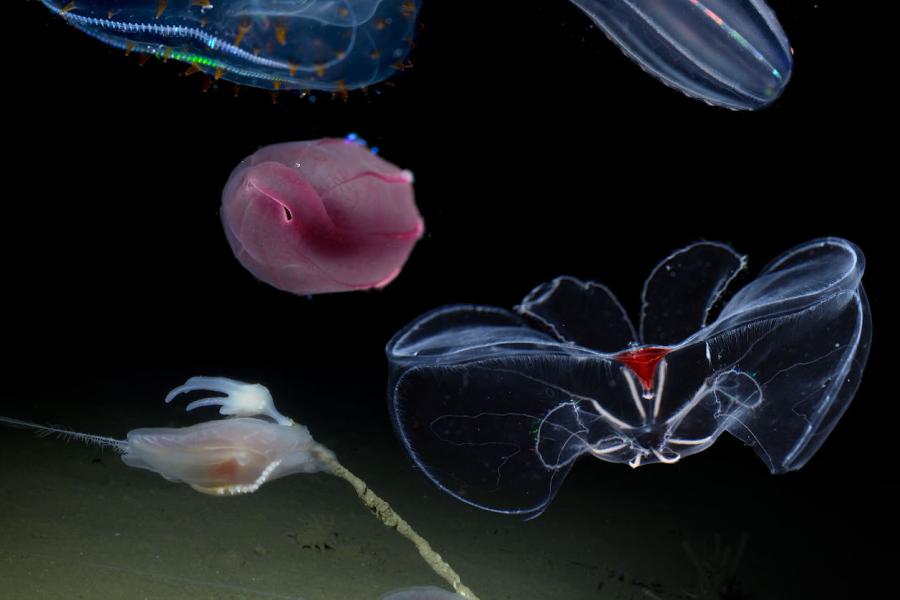Sidebar Menu (View Pages)
- Status
- ⌃ Science
- ⌃ Users
- ⌃ Facilities
- ⌃ Public
- Industry
- ⌃ About
Tags
Featured
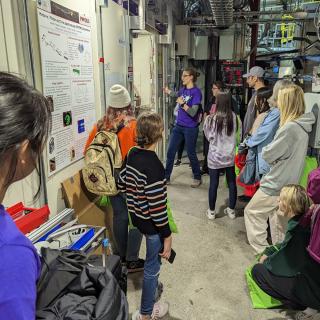
CHESS and CLASSE scientists take part in Expanding Your Horizons 2023
Expanding Your Horizons (EYH) is a one-day conference designed to stimulate participants’ interest in math and science through hands-on activities, provide female scientist role models, and foster awareness of opportunities in math and science-related careers. CLASSE and CHESS have been long-time sponsors and participants in this inspiring program.
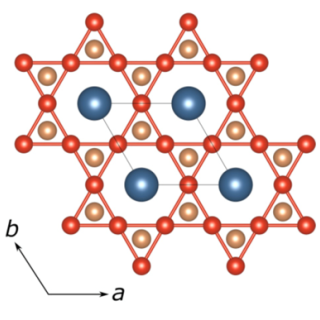
Structural evolution of the kagome superconductors through charge density wave order
A new paper appearing in Physical Review Materials by a team from UCSB, Argonne National Lab, and Cornell, sheds new light on the structural evolution of kagome superconductors during CDW formation.
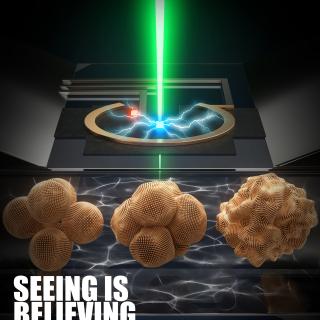
How a Record-Breaking Copper Catalyst Converts CO2 Into Liquid Fuels
Researchers at Berkeley Lab, collaborating with CHESS scientists at the PIPOXS beamline, have made the first real-time movies of copper nanoparticles as they evolve to convert carbon dioxide and water into renewable fuels and chemicals. Their new insights could help advance the next generation of solar fuels.
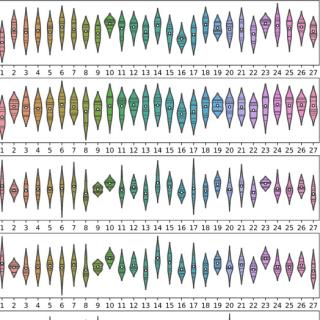
Using real-time data analysis to conduct next-generation synchrotron fatigue studies
A new paper appearing in the International Journal of Fatigue reports the first implementation of a real-time data analysis method for ff-HEDM, which can extract meaningful microscopic information as measurements are collected.
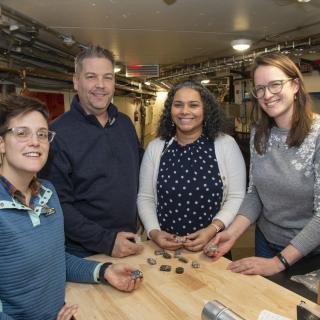
Cornell-led Team Selected for National Science Foundation's Convergence Accelerator
The project, dubbed AUGER (Accelerating Use of Geologically-driven Engineering & Reclamation), was awarded $739K of funding from NSF’s Convergence Accelerator to support translational research combining x-ray and hyperspectral imaging capabilities at CHESS with remote sensing techniques to link macroscale data with microscale mineral properties to create predictive mining insights.
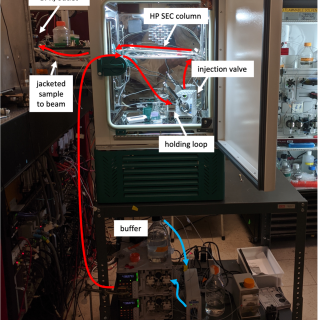
Inline small-angle X-ray scattering-coupled chromatography under extreme hydrostatic pressure
A new paper appearing in the journal “Protein Science” and authored by CHEXS-supported graduate student Robert Miller demonstrates for the first time that reproducible chromatographic separations coupled directly to high-pressure BioSAXS can be achieved at pressures up to at least 100 MPa.
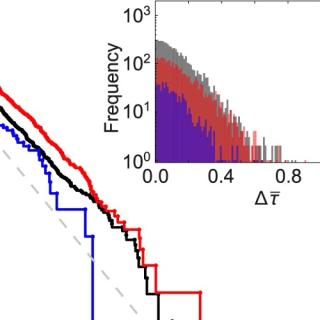
The influence of Alloying on slip intermittency and the implications for dwell fatigue in titanium
The high precision of HEDM measurements at FAST offer new insight into the microscopic processes that cause dwell fatigue, pointing toward new alloying strategies for mitigation.
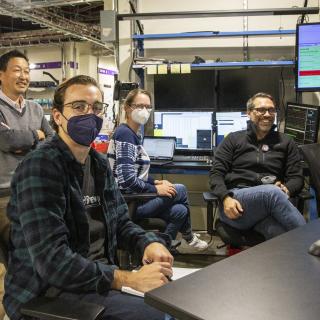
Alongside enormous construction project, CHESS restarts to deliver beam to users.
Researchers have returned to CHESS this month after a long summer of construction and upgrades to the facility. CHESS shuts down yearly to allow for machine upgrades and to beat the heat and humidity of summer, but starting back up is never as easy as "flipping on a switch."

